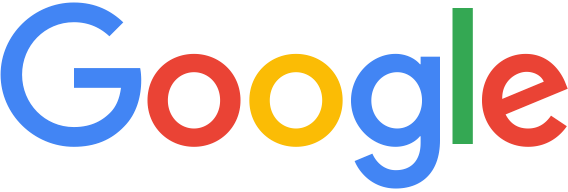Here's an example of an eye-tracking path that illustrates how a participant wanted to get a sense of the quality of the results before deciding what search option to apply:

After each study, we iterated on the designs, making changes to everything from the order and behavior of the options, to the location of the panel and the way people opened and closed it. We also paid close attention to the visual design of the options panel. We wanted it to feel familiar –- not only to work the way you expect from Google, but to look and feel like Google, too. Even though you just started using the panel, we hope it will seem as if it were there all along.
Below, you can see some of our initial concepts for the Search Options panel:

And here are examples of various iterations, once we had a firm concept in mind:

Once the designs were further solidified, we ran a number of tests with a small portion of our live searches to see how many visitors used the Search Options panel and which options were most popular. This quantitative research complemented qualitative feedback to give us a more complete idea of people’s understanding of Search Options. This process brought us to what you see today.
Even now that the Search Options panel has launched, the work is not over. We’ll continue to monitor how people interact with Google Search, find ways to improve the user experience, listen to
your feedback, come up with new tools, and, who knows, maybe even add more wonder to the wonder wheel.
Posted by Jen Kozenski Devins, Jamie Divine, Melanie Kellar, and Marcin Wichary, User Experience Team